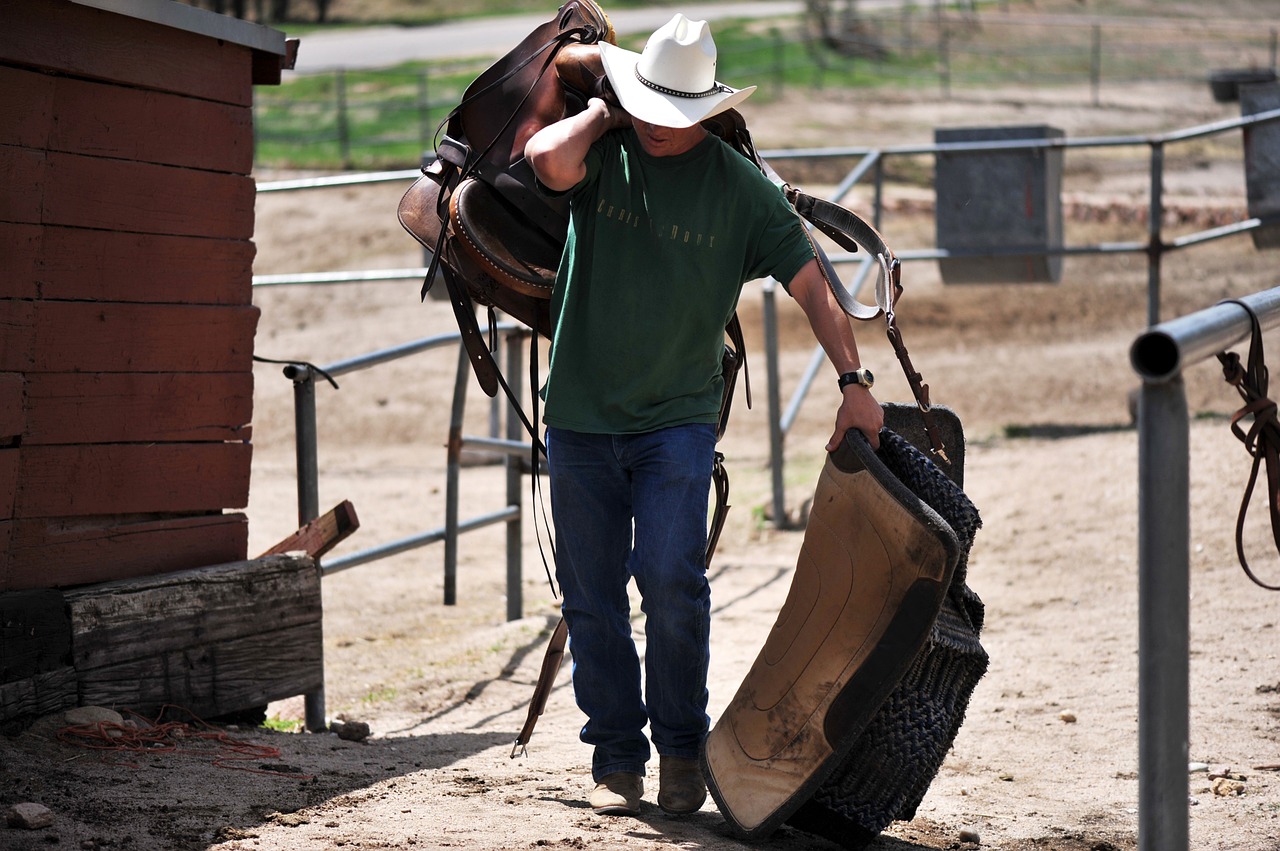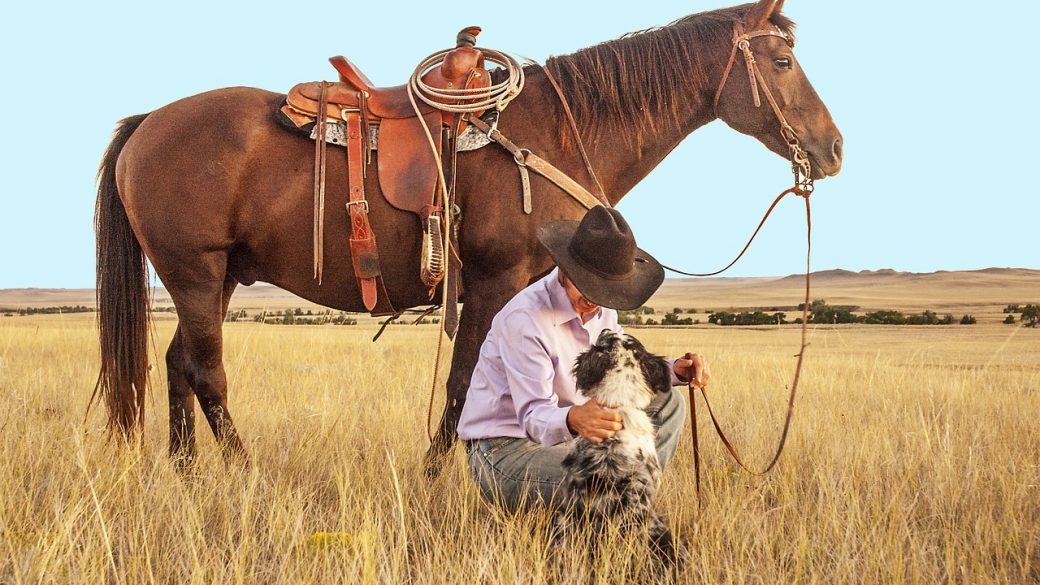If You’re Curious About Cowboys’ Responsibilities on Ranches, You’ll Want to Read This
Even in today’s tech-driven and internet-focused society, consumers rely on fur, feathers, meat, and dairy from animals.
Cowboys are the professionals who help farms and ranches to function properly and, in turn, offer their products and items to clients. (They are not, as you might think, gun-toting, rabble-rousing, problem-causing criminals!)
And while cowboys have been depicted in countless television shows, books, films, and other forms of media, the reality is that few individuals are aware of their precise responsibilities, duties, and functions. To be sure, since about the beginning of the twentieth century, popular culture has dramatized and distorted the actual role of cowboys.
If you’re moving to an area with many ranches and/or are considering exploring the field’s employment opportunities, it’s worth reading the following information about a cowboy’s average day on the ranch.
Let’s take a look.
Cows Rise Early—As Do Cowboys
Cows are early risers, and because tending to cows is one of cowboys’ most important responsibilities, they—the cowboys—also rise around dawn.
Come rain, snow, or oppressive heat, most cowboys begin the day at about four o’clock in the morning; cows are generally milked twice per day, once every 12 hours, and the easiest way to do so is by timing the first milking at roughly five or six in the morning.
Once cows are milked and brushed, they’re typically allowed to graze. During this time, cowboys will usually clean cows’ stables, which become rather dirty during an average night.
Of course, the second milking will need to be performed at five or six in the evening. Cows that are not regularly milked will become ill.

Tend to the Horses and Other Animals
Most cowboys ride horses, both because they allow for quick travel and because they are kept by the vast majority of ranchers. A cowboy’s horse and the other horses on the ranch will need to be tended to—meaning fed, brushed, and exercised—on a daily basis.
Other animals require attention as well, but the presence of these other animals depends upon the ranch at-hand. As you’d expect, cowboys will service chickens, pigs, and/or additional animals after the cows and horses have been accounted for; it’s all determined based on which animals live on the farm and how many hands are available.
Perform Various Repairs and Make Various Improvements
It shouldn’t come as a surprise to you that farm animals produce a substantial amount of wear and tear. Moreover, between this wear and tear and that made by natural causes—weather especially—cowboys will have some repairs and improvements to make during most days of the week. The consequences of failing to make these repairs are substantial.
If there’s a hole in the barn, you can rest assured that the responsible cowboy will take care of it. If he doesn’t, additional structural damage could result, insects could infiltrate the premise (and harm the animals), and predators, including foxes and raccoons, can make their way inside and wreak havoc.
In short, you’ll find that a major part of a cowboy’s duty pertains to fixing small problems that will likely become bigger if left unaddressed.
 Stay Consistent
Stay Consistent
Last but not least, cowboys must stay consistent. Just as is the case when it’s your work’s busy season, taking time off can prove disastrous. With cowboys, though, there are far fewer days off, the failing to get the job done will result in catastrophe—for the animals and the owner’s finances.
Hopefully, this information made clear what the average cowboy’s day is like. Ranch and farm work is both difficult and rewarding. If you’re interested in the professional sphere, be sure to get in shape, reach out to ranches, and work hard when an opportunity presents itself.
Thanks for reading, and here’s to all that cowboys do!

